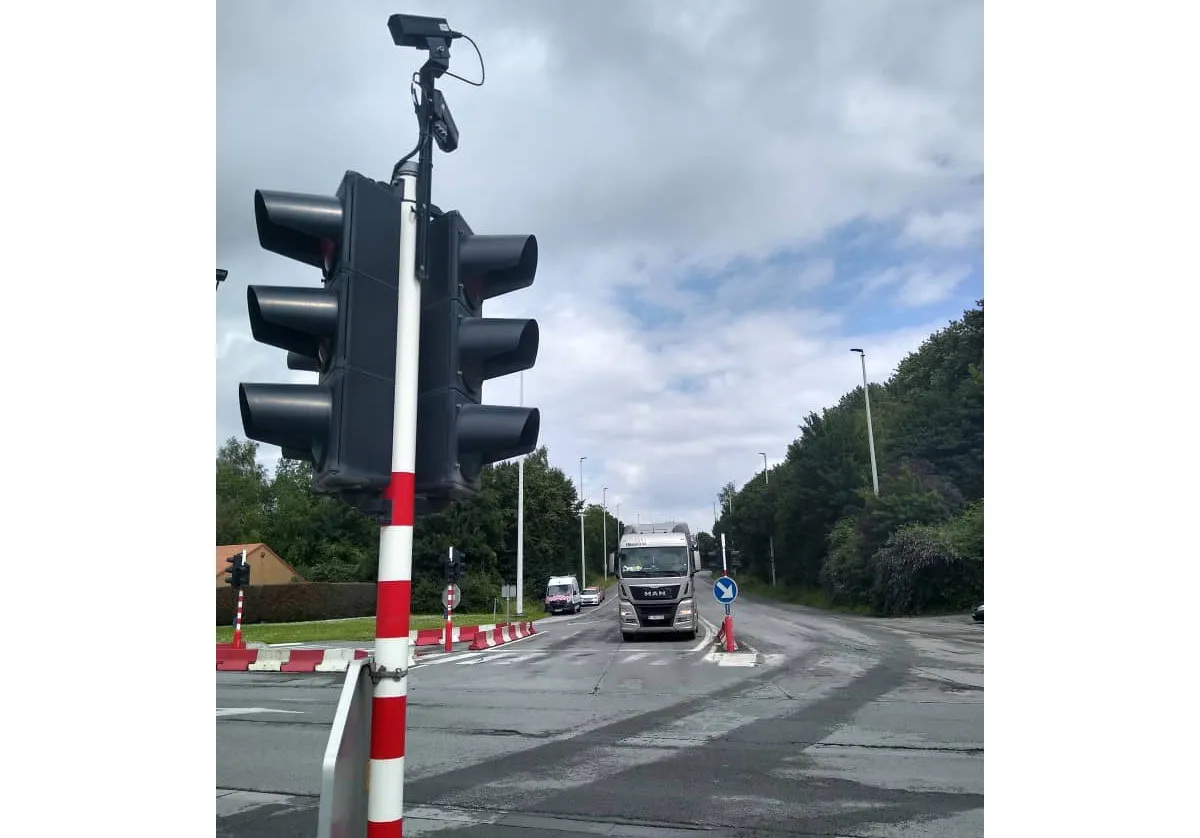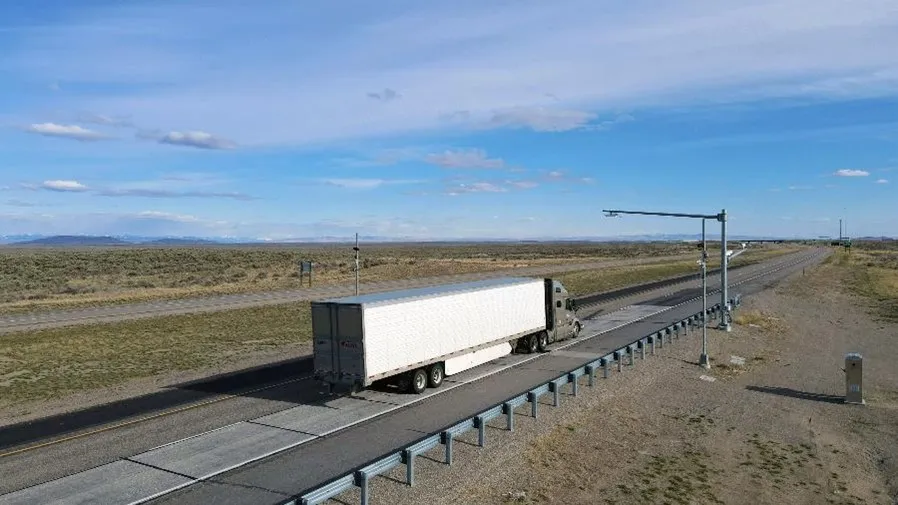
Quarterhill is presenting a lineup of Doppler radar and Lidar-based detection technologies that promise to revolutionise traffic flow optimisation and enhance pedestrian safety. These state-of-the-art products provide innovative solutions for loop replacement, traffic counting/classification, traffic calming, and bicycle counting.
In addition to these groundbreaking detection products, Quarterhill will showcase its wide array of commercial vehicle enforcement and tolling solutions. The company is a recognised leader in weigh-in-motion and offers a variety of off-the-shelf and custom solutions for monitoring and enforcement of heavy vehicle weights and tyre safety.
Quarterhill’s tolling systems utilise advanced cloud-based solutions and AI to ensure intuitive, scalable, and secure transaction processing, auditing, and enforcement. From roadside technologies and congestion charging to commerce and mobility platforms, Quarterhill’s solutions are designed for seamless integration and adaptability to future demands, emphasising toll interoperability for a convenient and connected driver experience.
Also noteworthy are Quarterhill’s automatic vehicle detection and classification (AVDC) systems. The company’s solid-state Lidar allows system integrators to prepare profile-based fully overhead detection and classification solutions for tolling, while Quarterhill’s hybrid systems combine multiple technologies for a truly adaptable and resilient vehicle classification system. Data from loops, Lidar sensors, and piezos are processed through a single platform, increasing detection rates, reducing sensor failure risks, and boosting overall accuracy.
With deep expertise in key ITS technologies, including radar sensing, weigh-in-motion, and artificial intelligence, Quarterhill is at the forefront of marrying technology with transport infrastructure to improve safety, efficiency, and customer satisfaction.
Stand: A64










